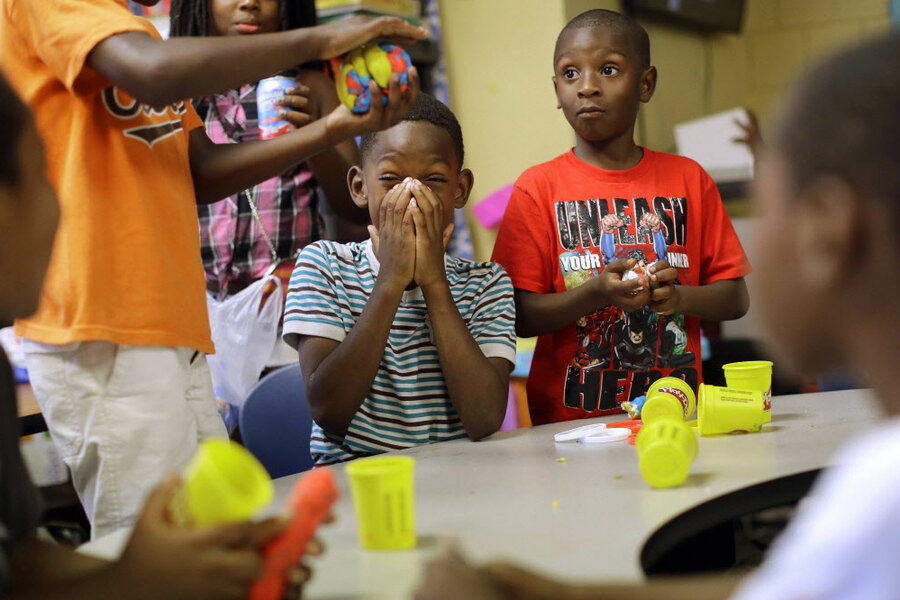How Baltimore is addressing spike in violent crime
Loading...
In West Baltimore, crime can be a part of life. But at the neighborhood's Kids Safe Zone, Ericka Alston tries to counter neighborhood children's exposure to violence with positivity, love, and an occasional hug.
Following the death of Freddie Gray, Baltimore has experienced a surge in violent crime and murder. The spike in crime coupled with unrest over police conduct over the deaths of unarmed black men at the hands of police has created a palpable tension in the city.
The Baltimore Police Department has taken an offensive approach to the recent crime spike by implementing a "war room," where representatives from more than twelve local agencies can coordinate efforts to prevent and police criminal activity.
“What used to take weeks or months is now taking days: formulating a plan, operationalizing that plan, and putting cops on the ground to attack it.” Operation commander Lt. Col. Sean Miller told the AP.
The increase in violent crime that appears to be happening in Baltimore is mirrored with spikes in other cities around the United States. However, while raising crime rates might make easy news coverage, the wider trend is one of decreasing crime. Baltimore alone cut its homicides by around 50 percent since the 90s.
“There are certain cities that have had short term spikes, but we would not be noticing it were it not for fact that we have seen some successes over the past few years,” James Alan Fox, a professor of criminology at Northeastern University, told The Christian Science Monitor in June.
In Baltimore, community members are banding together to promote nonviolence preemptively. Gang members have started giving speeches about nonviolence at schools and organizations are launching peace initiatives across the city. The 300 Men March, a peace and empowerment organization, takes a bike ride Wednesday evenings across the city wearing T-shirts that read: “We must Stop Killing Each Other.”
Alston sees the Kids Safe Zone as something of a 'peace room,' one small preventative counterpart to law enforcement's war room.
Inside the center, there is no violence or unrest, she says. The rules don’t address profanity or hitting, Alston kept them simple: sign in, clean up after yourself, and read for 15 minutes before playing.
“We hug them. We say positive things to them. We let them know how special they are. That’s what’s missing from their home. We made a decision to be the village,” Alston said to the AP.
This report includes material from the Associated Press.





